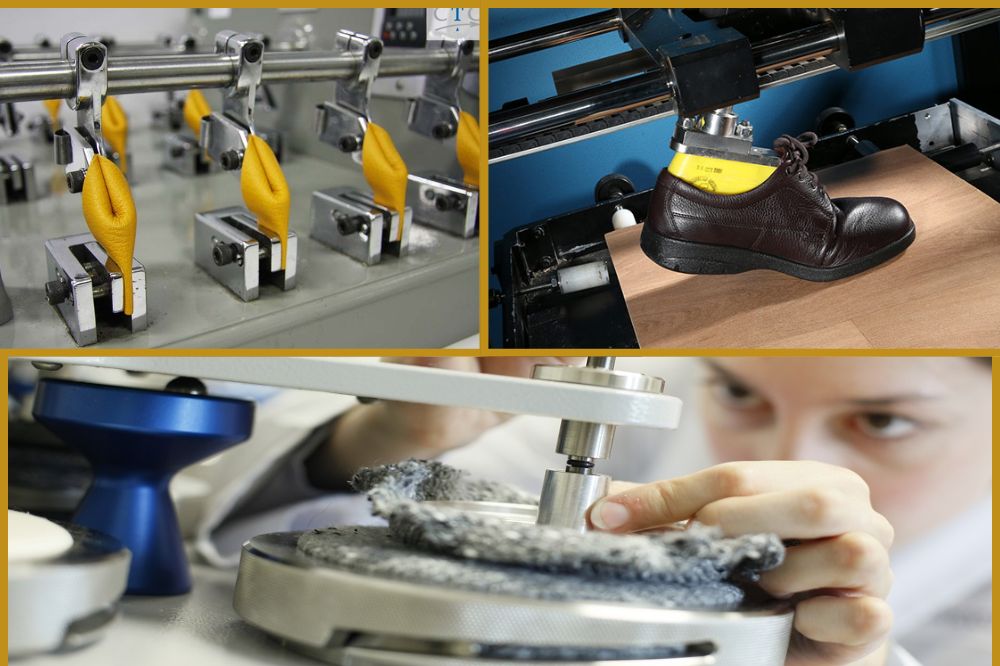Textile fibers play a crucial role in the production of fabrics and materials used in various industries. Understanding the properties of these fibers is essential for manufacturers, designers, and consumers alike. In this article, we will delve into the seventeen core properties of textile fibers, exploring their significance and impact on the final product.
1. Abrasion Resistance
Abrasion resistance refers to a fiber’s ability to withstand wear and tear caused by rubbing or friction. Fibers with high abrasion resistance are more durable and long-lasting, making them suitable for applications that require frequent use or exposure to rough conditions.
2. Water Absorbency
The water absorbency of a fiber determines its ability to absorb and retain moisture. Some fibers have high water absorbency, making them suitable for applications where moisture management is crucial, such as towels or athletic wear.
3. Chemical Interaction
Chemical interaction refers to how a fiber reacts when exposed to various chemicals. Some fibers may be resistant to certain chemicals, while others may react or degrade when in contact with specific substances. Understanding the chemical interaction of fibers is important for selecting the right material for specific applications.
3. Coverage
Coverage refers to a fiber’s ability to provide sufficient opacity or coverage when used in fabrics. Fibers with high coverage are often used in applications where opacity is desired, such as curtains or upholstery fabrics.
5. Elasticity
Elasticity refers to a fiber’s ability to stretch and recover its original shape. Fibers with high elasticity are commonly used in applications that require flexibility and resilience, such as sportswear or stretchy fabrics.
6. Environmental Conditions
The environmental conditions in which a fiber can perform optimally are an important consideration. Some fibers may be more suitable for hot and humid climates, while others may be better suited for colder or drier environments. Understanding the environmental conditions in which a fiber can thrive is essential for selecting the right material for specific applications.
7. Flammability
Flammability refers to how easily a fiber ignites and sustains a flame. Fibers with low flammability are often preferred in applications where fire safety is a concern, such as upholstery or protective clothing.
8. Softness
Softness is a desirable characteristic in many textile products, especially those intended for direct contact with the skin. Fibers with a soft hand feel are often used in clothing, bedding, and other applications where comfort is a priority.
9. Hand Feel
Hand feel refers to the tactile sensation experienced when touching a fabric. It encompasses various aspects such as softness, smoothness, and texture. The hand feel of a fabric is influenced by the properties of the fibers used.
10. Gloss
Gloss refers to the sheen or shine of a fabric. Some fibers have a natural luster that adds visual appeal to the final product. Gloss can be an important consideration in applications where aesthetics are a priority, such as luxury clothing or home decor.
11. Pilling
Pilling is the formation of small, fuzzy balls on the surface of a fabric. It occurs when loose fibers become entangled and create small knots. Fibers with low pilling tendency are preferred in applications where a smooth appearance is desired, such as in high-quality garments.
12. Resilience
Resilience refers to a fiber’s ability to recover its shape after being stretched or compressed. Fibers with high resilience are often used in applications that require long-lasting shape retention, such as mattresses or upholstery.
13. Relative Density
Relative density refers to the weight of a fiber compared to its volume. Fibers with low relative density are often preferred in applications where lightweight materials are desired, such as in outdoor clothing or aerospace industries.
14. Static Electricity
Static electricity can be a concern in certain applications, as it can cause discomfort or damage to electronic devices. Some fibers have low static electricity buildup, making them suitable for applications where static control is important, such as in cleanroom garments or electronics manufacturing.
15. Strength
Strength is a crucial property of textile fibers, as it determines the durability and longevity of the final product. Fibers with high tensile strength are often used in applications that require strength and resistance to tearing or breaking, such as in industrial textiles or heavy-duty fabrics.
16. Thermal Plasticity
Thermal plasticity refers to a fiber’s ability to be molded or reshaped when exposed to heat. Some fibers have high thermal plasticity, making them suitable for applications that require heat-setting or shaping, such as in garment manufacturing.
17. Core Absorption
Core absorption refers to a fiber’s ability to absorb or wick away moisture from its core to its surface. Fibers with high core absorption are often used in applications that require moisture management, such as in athletic wear or medical textiles.
Understanding these 17 core properties of textile fibers is essential for selecting the right materials for specific applications. Whether it’s durability, moisture management, comfort, or aesthetics, each property plays a crucial role in determining the performance and quality of the final product.






